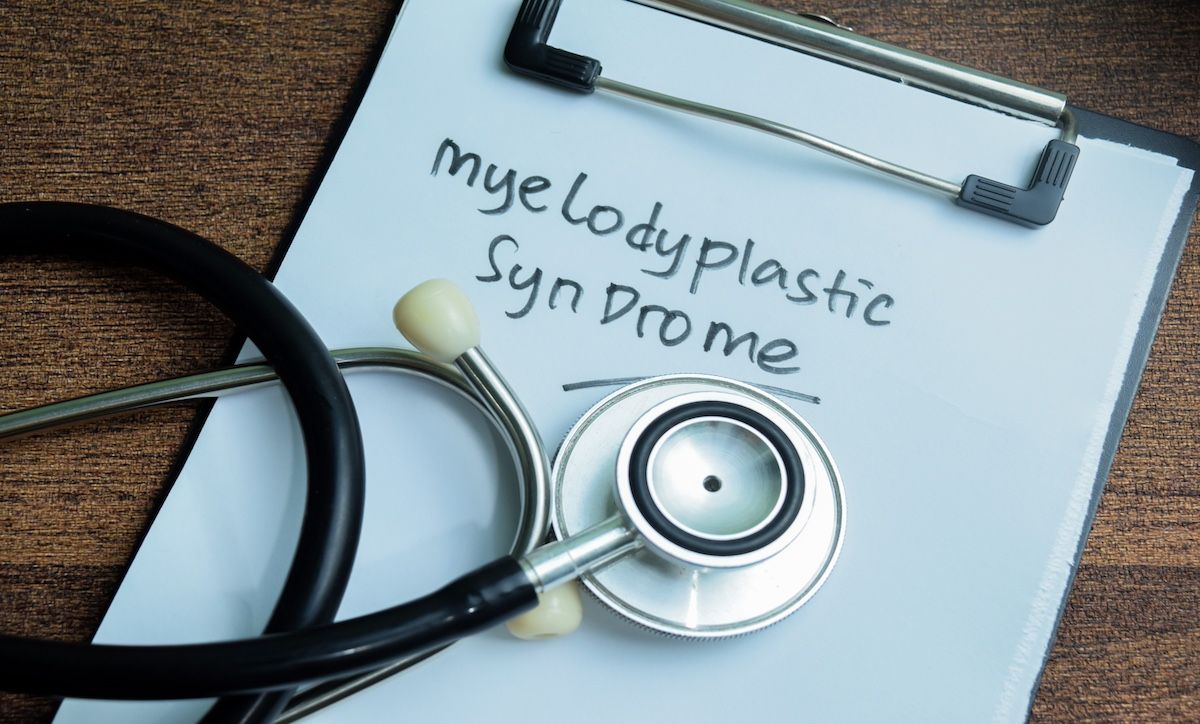Article
Phase 2 Study Finds Litifilimab Improves Joint Arthritis in SLE
Author(s):
New data show litifilimab outperformed placebo in patients with active arthritis and skin manifestations due to systemic lupus erythematosus (SLE).
Antibody binding of blood dendritic cell antigen 2 (BDCA2) appears to spark an improvement in arthritis in people with systemic lupus erythematosus (SLE), but further research is needed to better understand the therapy’s safety and efficacy.
These are the key takeaways from the new phase 2 LILAC trial of litifilimab, a fully humanized monoclonal antibody binding to BDCA2. The study was published in The New England Journal of Medicine.
The study investigators explained that BDCA2 is expressed exclusively on plasmacytoid dendritic cells and produces type 1 interferons, along with other cytokines. Type 1 interferons are involved in the pathogenesis of SLE, and antibody binding of BDCA2 appears to suppress type 1 interferon production. However, the safety and efficacy of the antibody has not yet been studied thoroughly, the investigators said.
They recruited 132 people with SLE between the ages of 18 and 75. Patients were randomly assigned to receive subcutaneous litifilimab (n = 76) or placebo (n = 56). Participants in the litifilimab group were randomized to receive the therapy at different dosing levels, with most (n = 64) randomized to 450 mg. Six each were also randomized to 150 mg and 50 mg.
Initially, the study authors wanted to use cutaneous lupus activity as the primary end point. However, they said slow recruitment and a desire to study the therapy’s effect on arthritis led them to revise the primary end point to instead evaluate the change from baseline in the total number of swollen or tender joints (“active joints”) after 24 weeks.
Under the revised trial design, patients were included if they had active arthritis and skin manifestations, and the investigators focused specifically on patients receiving the 450-mg dose. That left 102 participants in the primary analysis, all of whom had at least 4 swollen joints and at least 4 tender joints at the start of the trial.
At baseline, participants in the litifilimab group had an average of 19 active joints, and those in the placebo group had a mean of 21.6 active joints. After 24 weeks, the least-squares mean change from baseline was –15.0 in the litifilimab group and –11.6 in the placebo group.
“In this phase 2, randomized, placebo-controlled trial that involved participants with SLE, arthritis, and active skin disease, litifilimab at a dose of 450 mg was superior to placebo in the change from baseline in the total number of active joints at week 24,” the authors said.
The secondary end points were changes in cutaneous and global disease activity, but the investigators said most of those end points did not support the results of the analysis of the primary end point. They said the phase 2 study was not sufficiently powered to address those end points, so they said it is not possible to draw conclusions with regard to the secondary end points.
In terms of safety, the authors said 45 participants (59%) in the litifilimab group and 38 (68%) in the placebo group reported adverse events, most of which were mild or moderate. However, there were 2 cases of herpes zoster and 1 case of herpes keratitis in the litifilimab group.
The researchers said the study has several limitations. Among them, arthritis was assessed only by subjective clinical evaluation, rather than by imaging. Also, demographic imbalances may have affected the results: All but 1 participant in the litifilimab group were female, while 88% in the placebo group were female; the litifilimab group included 6 African American participants, but the placebo group had no African Americans patients.
“Larger and longer trials are necessary to determine the effect and safety of litifilimab in patients with SLE,” the investigators concluded. They noted that phase 3 trials of the therapy are planned.
Reference
Furie RA, van Vollenhoven RF, Kalunian K, et al. Trial of anti-BDCA2 antibody litifilimab for systemic lupus erythematosus. N Engl J Med. 2022;387(10):894-904. doi:10.1056/NEJMoa2118025




